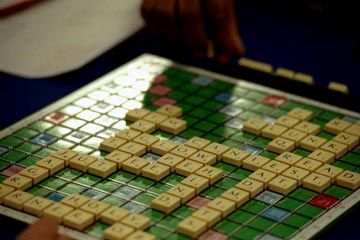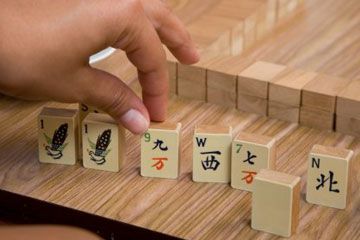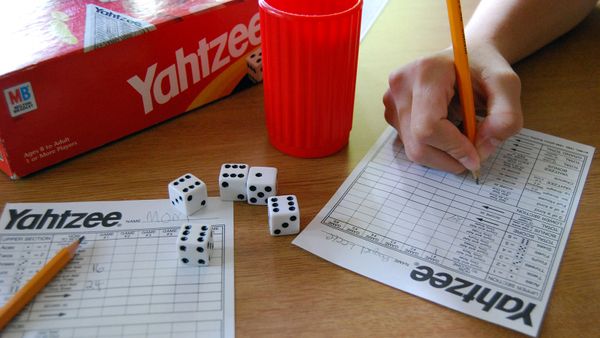How to Play Backgammon: Making a Hit
As you make moves in backgammon, look out for blots — points occupied by only one of your opponent's checkers. If your turn allows you to land on a blot, you score a hit, and your adversary's piece must move to the bar. Before she can do anything else, she must re-enter the checker into her home board. To do this, she must be able to move to an open point corresponding to one of the numbers on the rolled dice. For example, if her 1-, 2- and 3-points were open, she would need to make a roll that would allow her to move to one of those points. If she rolled a 4 and a 6, she wouldn't be able to re-enter. If she threw a 6 and a 2, on the other hand, she could move the checker from the bar and re-enter on her 2-point.
Now let's say you were able to hit two or more of your opponent's checkers and send them to the bar. She must re-enter all of them before she can make other moves. If she is able to enter some, but not all, of her checkers, she must enter as many as she can and then forfeit the remainder of her turn. After she has entered the last of her checkers, she must play any unused numbers on the dice by moving either the checker that she entered or a different one.
Advertisement
This is what makes backgammon exciting and challenging. As you try to hit your opponent's checkers, she's trying to take yours out, too. And remember that backgammon is, at its heart, a racing game: You're trying to race your checkers to your home board so you can then remove them. If you slow your foe down by hitting her checkers, you increase your chances of winning the race.
We'll get a few moves closer to sweet victory next.


